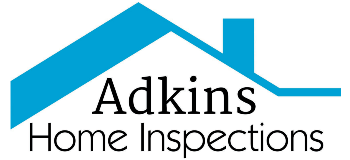Energy Audit
An Energy Audit is a comprehensive assessment of a building’s energy usage, systems, and efficiency. It involve evaluating various components, such as lighting, HVAC, insulation, appliances, and more. The goal is to identify opportunities for energy savings and recommend improvements.
Home Energy Audit: What to Expect
- Preparation: The last 12 months of utility bills are collected and analyzed.
- Visual Inspection: The exterior and interior of the home is inspected for air leaks, insulation quality, and signs of energy inefficiency.
- Blower Door Test: A blower door is installed in an exterior door and the home is depressurized to determine the airtightness of the home.
- Thermal Imaging: Infrared cameras are used to detect temperature differences, allowing the auditor to pinpoint areas where insulation or sealing improvements are needed.
- Appliance and HVAC Inspection: The auditor assesses HVAC and water heating systems for efficiency and safety.
- Energy Efficiency Recommendations: Based on the findings, a detailed report is written that identifies recommendations to improve the energy efficiency of your home.
- Implementing Improvements: Your energy audit report gives you the knowledge to make the most cost effective improvements to your home.
- 25c Tax Credit: Receive a $150 tax credit towards the cost of your home energy audit and 30% of certain qualified improvements until 2033. Click the link for more information – https://www.irs.gov/credits-deductions/energy-efficient-home-improvement-credit
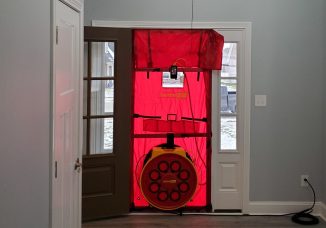
Blower Door Test
A blower door test measures a building's air tightness by creating pressure differences. This allows the auditor to pinpoint areas of air leakage which can cause energy losses and potential comfort issues.
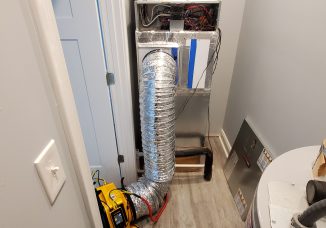
Duct Tightness Test
A duct tightness test assesses the air leakage in the HVAC systems ductwork. By quantifying duct tightness, the auditor can recommend improvements to enhance energy efficiency, comfort, and overall home performance.
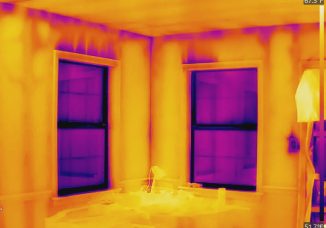
Thermal Imaging
.Blower-assisted thermal imaging is a powerful tool during energy audits. It allows the auditor to precisely locate air leaks, insulation gaps, and other energy-related issues that are often invisible to the naked eye.

Combustion Safety Check
A combustion safety check is conducted whenever fuel-burning appliances are installed. The purpose of this inspection is to verify that the appliances are operating as intended and to identify any safety issues, such as elevated carbon monoxide levels.
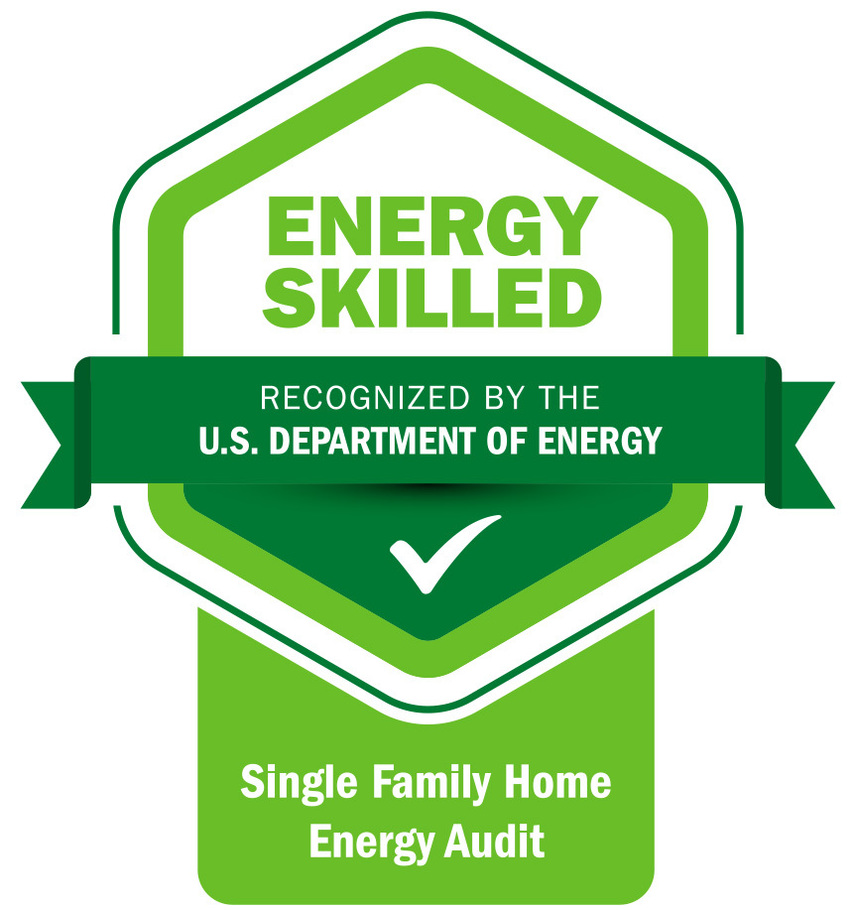
Energy Skilled
As a Certified RESNET Hers Rater, I am recognized by the Department of Energy as a qualified energy auditor. You can rest assured that your energy audit is being conducted by an auditor with extensive training in building science and the expertise to accurately diagnose issues and recommend effective solutions.
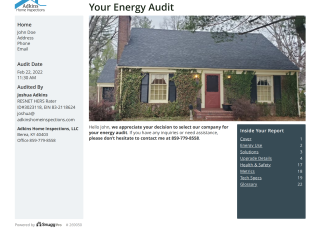
Energy Audit Report
Click to view a sample energy audit report.
Your energy audit report will be delivered within 48 hours after the audit is complete.
Would you like to schedule a home energy audit? Contact us today!
Phone: 859-779-8558
Email: Joshua@adkinshomeinspections.com
